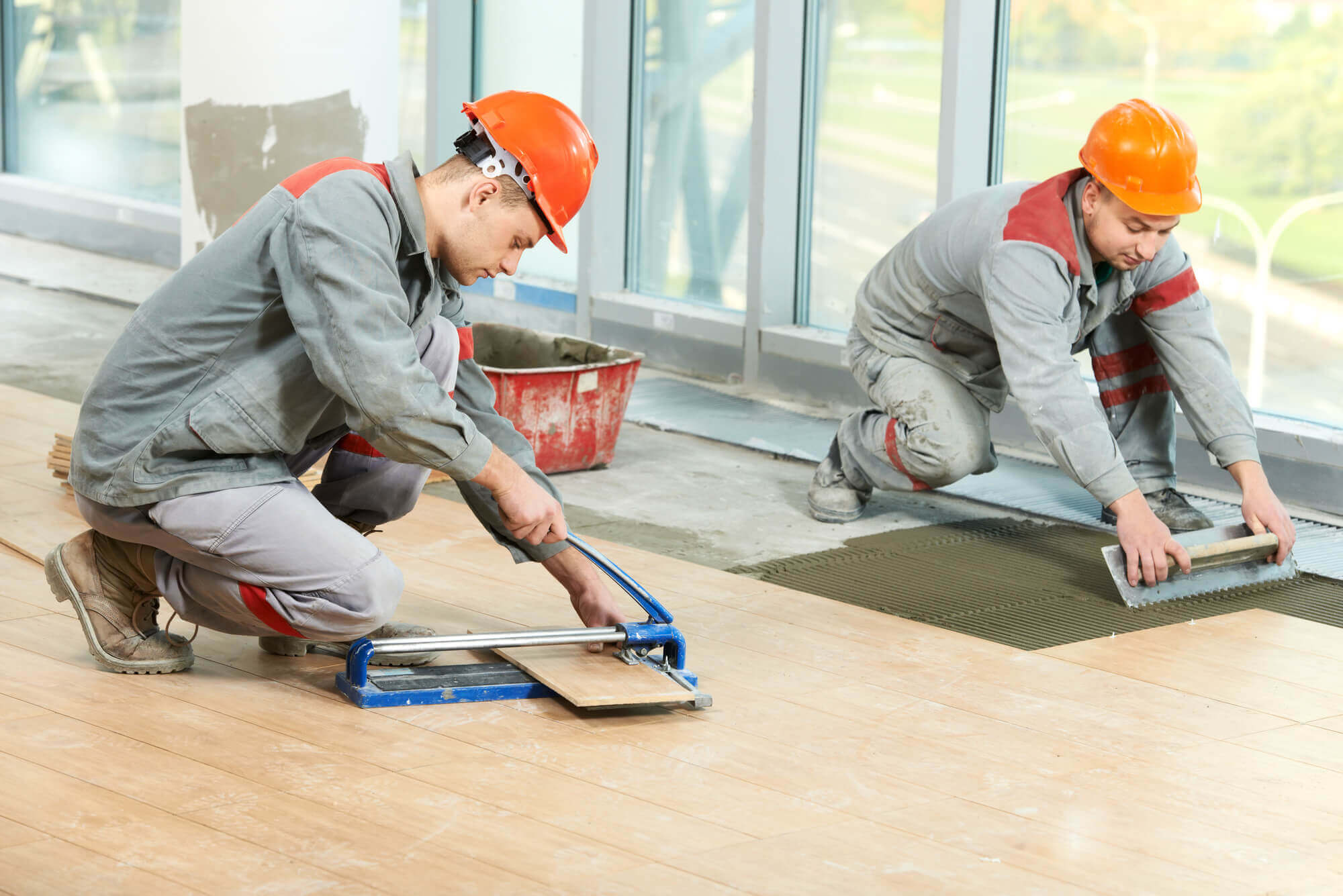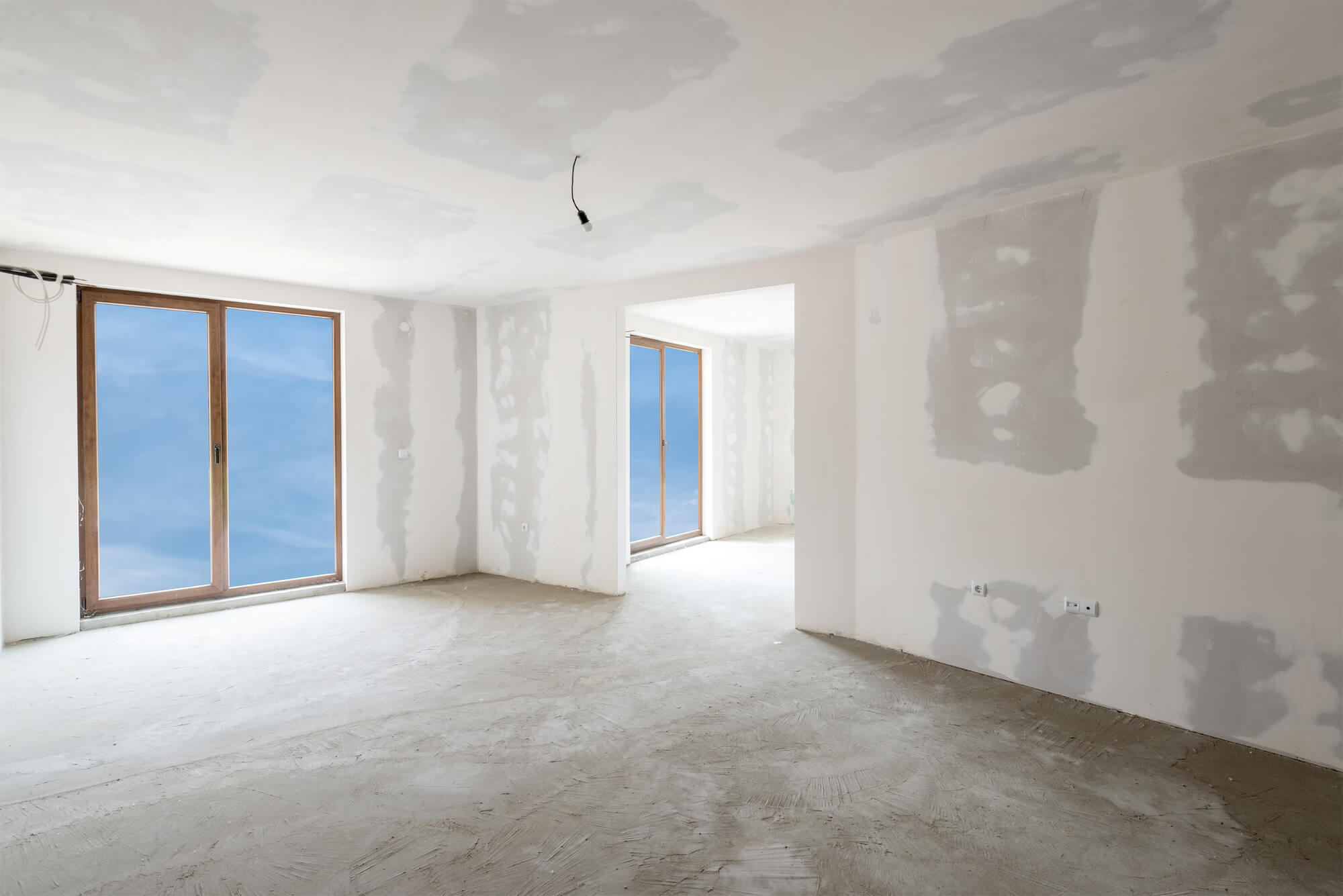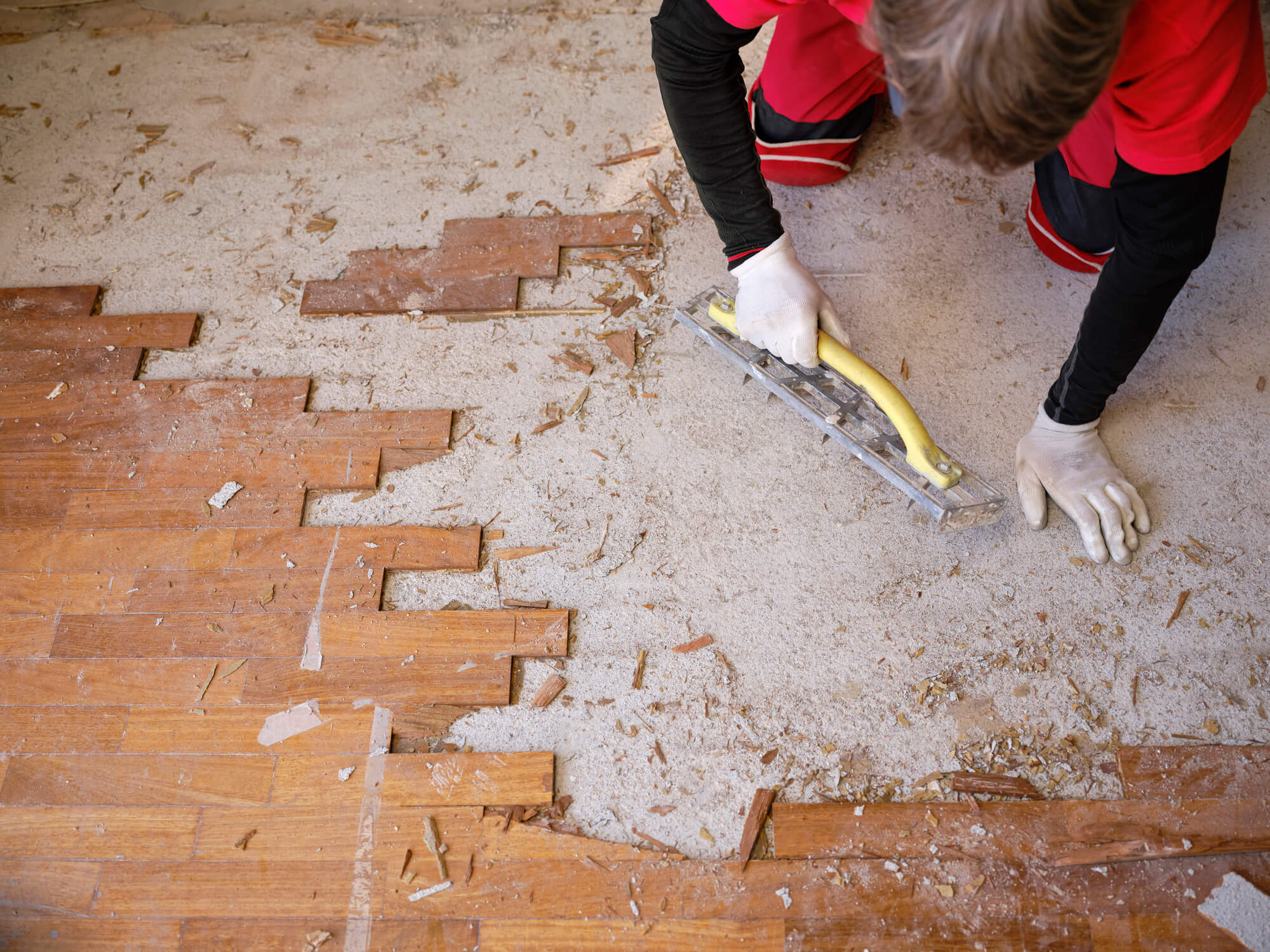June 30, 2024
Beyond Aesthetics: Combining Design and Functionality in Commercial Roofing
Many commercial property owners make the initial mistake of prioritizing aesthetics when
Interior restoration is necessary when a fire, flooding, or severe weather wreaks havoc on an agricultural, institutional, or commercial structure. While floods can soak drywall, carpeting, and electrical systems, fires can damage a building’s foundation and structural supports. Plus, soot and smoke can leave thick deposits on walls and furniture.
Besides returning the property to its pre-loss condition, a restoration project aims to rejuvenate and revitalize its internal spaces. Moreover, it usually involves updating and replacing old fixtures, walls, and flooring.
Structural repairs or layout modifications may also be necessary to increase the area’s functionality and energy efficiency. With careful planning, expert execution, and keen attention to detail, the result can be a renewed, functional, safe, sustainable, and beautiful space.

A flood or severe storm can cause wood or laminate flooring to warp, rot, or mold. Damage from water intrusion can also break down the flooring’s adhesive holding, causing it to become loose or fall apart. Without prompt intervention, water can seep into the subflooring, causing further damage to the building’s structure.
Water damage can also wreak havoc on carpeting when the water saturates it. Restoration specialists may need to remove and replace the carpeting when it discolors or develops an odor. Although water damage may not affect tile or stone flooring, dirt and debris brought in by the water may require thorough cleaning and restoration.
Alternatively, a fire can cause severe damage to the building’s flooring when the intense heat and flames char, melt, and warp the flooring materials. The flooring may also become discolored when ash and soot settle on it. Additionally, firefighting efforts may cause additional damage to the flooring.
These conditions may require subflooring underlayment removal and replacement to restore the building to its safe and habitable condition.
During a severe storm, wind-borne debris that breaks windows and doors allows water to enter the building and weaken the structural integrity of its walls and ceilings. Water seeping into these components through cracks or other openings will not only peel paint or wallpaper but cause the drywall, plaster, and other materials to warp, rot, or become susceptible to mold growth.
Significant damage may compromise the structural integrity of the walls and ceilings and cause them to collapse. Contaminated flood water may also expose these areas to dangerous chemicals that require proper handling and disposal.
A storm can seriously affect a building’s functionality when high winds cause damage to its plumbing and electrical systems. Besides causing water to enter the building through broken windows, doors, or the roof, high winds can cause trees and debris to fall on the building.
Likewise, flooding can cause the pipes to rust and corrode or cause the electrical wiring to short-circuit, potentially leading to electrical fires. When sewer lines back up, contaminated water can flood into the building.
On the other hand, a business fire can cause the pipes to burst and cause flooding. Moreover, intense heat can melt wire insulation and or cause it to become brittle and more susceptible to short-circuiting or arcing.
The flames can also burn and destroy electrical panels and other components either by direct contact, or by exposing or dislodging the wires. The wiring may also discolor or corrode when smoke and soot settle on it.

Hurricanes, severe storms, or flooding can cause significant damage to a furnace if it becomes submerged in water. Electrical shorts or corrosion can damage the wiring, causing the furnace to fail and create a fire hazard.
Other natural disasters, such as earthquakes or tornadoes, cause power outages that can damage the furnace’s wiring and electrical systems. Besides causing direct damage to the furnace and its components, a fire in the building or the water used to extinguish the fire can destroy the wiring behind the furnace.
If the HVAC system malfunctions, the building becomes uncomfortable or uninhabitable. It can also pose a safety hazard, including an electrical shock or fire risk. In addition, mold, soot, and other contaminants infiltrating the system and ductwork impact the building’s indoor air quality.
In such cases, the restoration specialist inspects the ductwork, vents, and other HVAC system components to determine the extent of the damage and identify potential hazards. They’ll also remove mold, soot, and other contaminants that may have infiltrated the system due to a natural disaster, fire, or flooding.
Once these experts repair or replace damaged parts, such as motors, burners, and other electrical components, they’ll seal and insulate the system to prevent future leaks or mold growth. Finally, they’ll test and balance the HVAC system to check if it provides the appropriate heating or cooling levels.
Besides ensuring indoor air quality is safe for the building’s occupants, restoration specialists recommend additional air filtration or ventilation when necessary. They also handle insurance documentation to support a claim, including a detailed report of the damage, the repairs and replacements made, and offer recommendations for future preventive measures.

When a fire, flood, or catastrophic weather event destroys an office space, a hotel, healthcare center, or senior living facility, the damage isn’t always limited to a water or fire cleanup job. Getting your facility back on track may involve eliminating environmental hazards and undertaking a complete renovation of the space.
Since this is a huge undertaking, you’ll likely source, contact, and coordinate with various professionals. However, hiring multiple contractors to handle exterior and interior restoration and construction often leads to delays and cost overruns.
In contrast, working with the same certified and reputable contractor that provides commercial building restoration, remediation, and reconstruction services allows you to save money and reopen as quickly as possible.
BlueTeam is a nationally licensed, bonded, and insured full-service general contractor specializing in commercial restoration, construction, and roofing for domestic and international clients who own or manage commercial properties across various industries. When tragedy happens, BlueTeam is prepared for it.
Our emergency response team starts working on your property within hours, not days and weeks, unlike many others in this space. Our proprietary ERP system lets you see your properties and projects across your entire commercial portfolio a single view. Contact us today to request a demo or a quote.